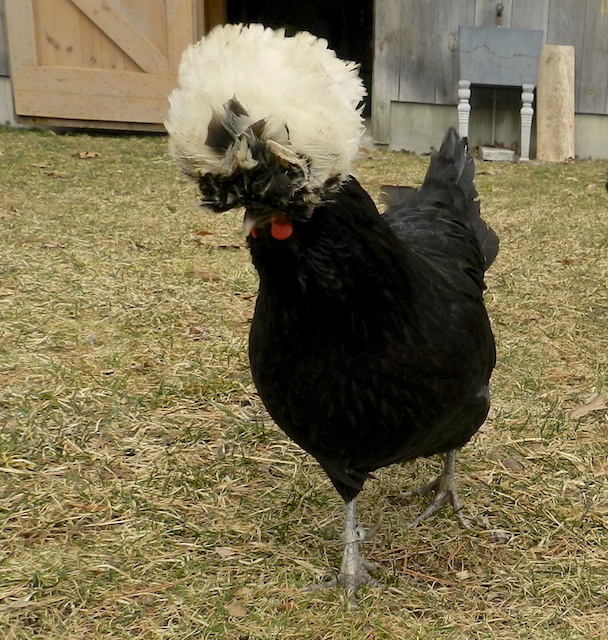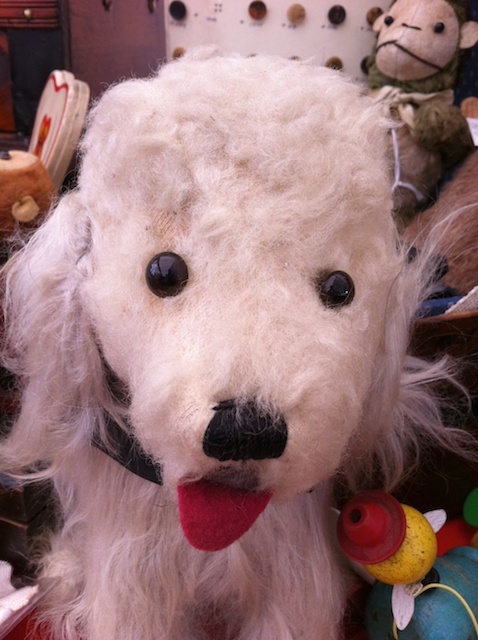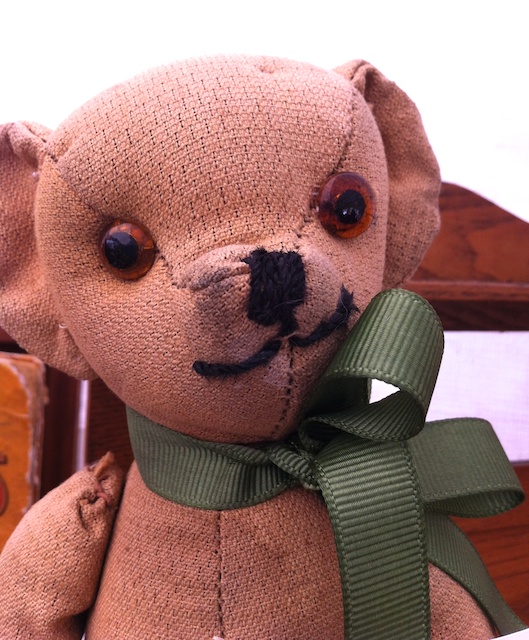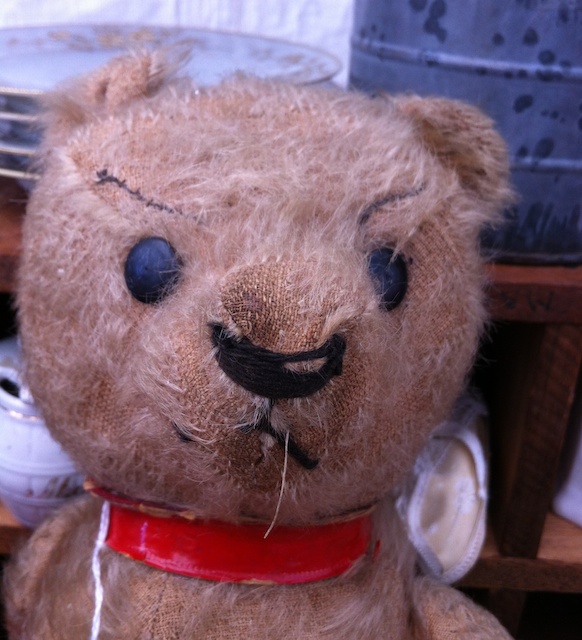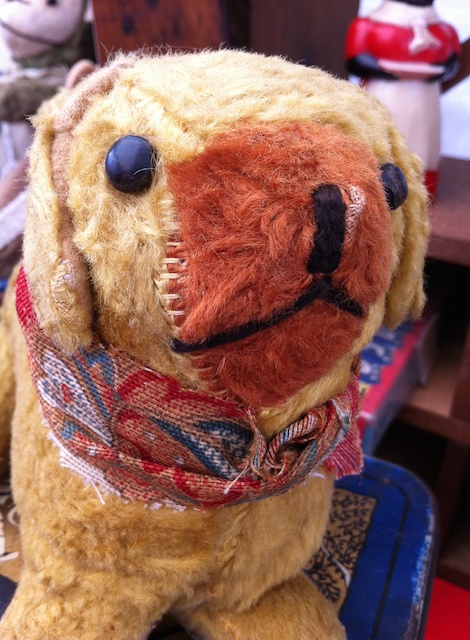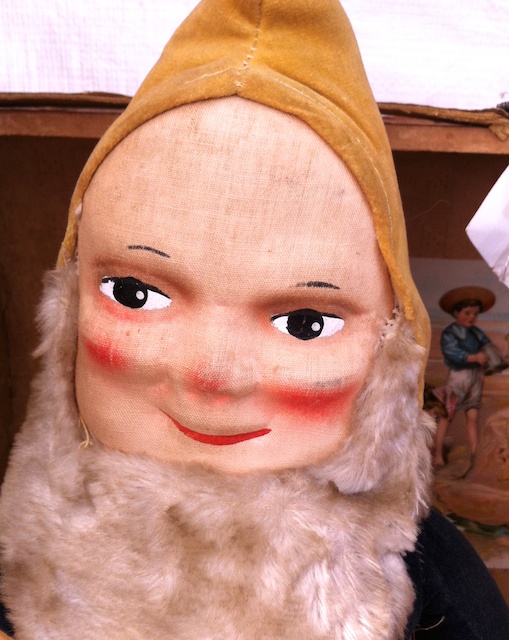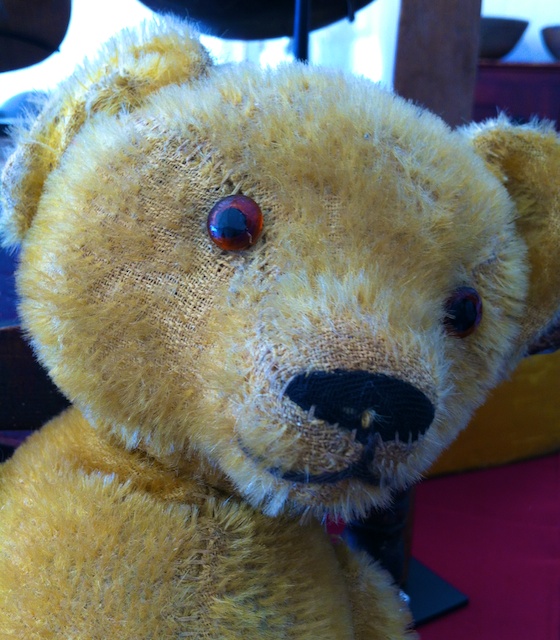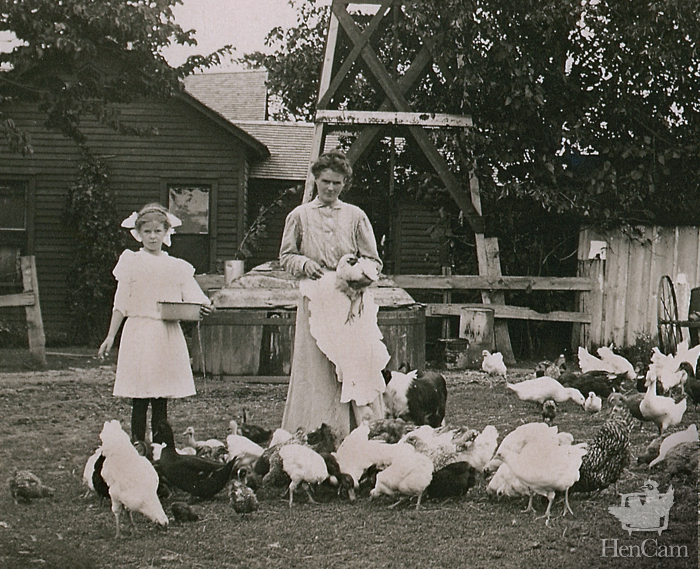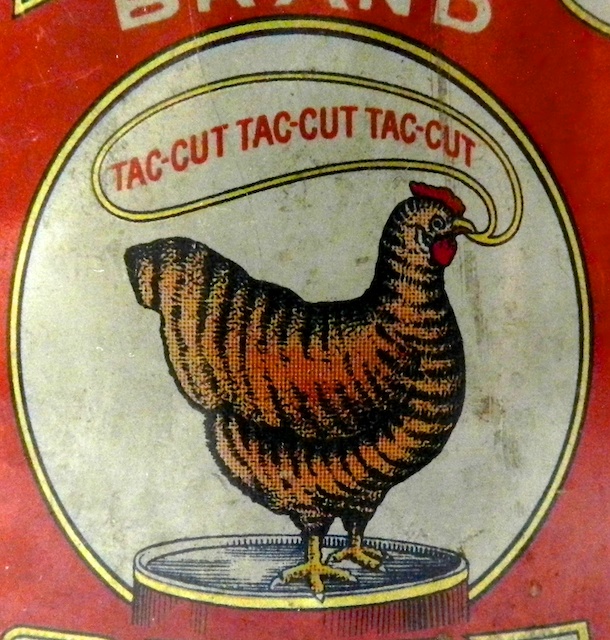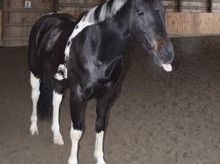Siouxsie died this morning. I found her on the floor of the coop. The other hens ignored her body, which is how they usually react when one of them passes on. I was not surprised to find her dead. Actually, I’d expected to find her gone well before now. For a year she’s had stretches of labored breathing. She was a regular layer of medium-sized white eggs, but she often looked stressed before laying. Yesterday I noticed her flagging her tail in discomfort and gasping. But, she continued to move about and eat, and at night she roosted with the rest of the flock.
If her distress was new I would have given her an epsom salt soak. But, I’ve already applied my Spa Treatment to her a number of times. If a hen doesn’t perk up and stay recovered afterwards, then there is likely a serious underlying condition. I don’t believe in prolonging the lives of hens who are diseased. I’ve learned how to do necropsies. I’ve opened up enough birds to know that they can live a long time with horrible ailments and are likely suffering for longer than we realize.
This afternoon I did a necropsy on Siouxsie. As always, what I found inside was unexpected. She was the first older hen (Siouxsie was four and that counts as aged) that I’ve examined that was not tumorous. She was also the first with a functioning ovary with developing yolks. She had an egg, fully formed with the shell, halfway down her reproductive tract. Yesterday she tried to lay it, but could not. Did that make her “egg bound?” The assumption is that an egg bound hen has a stuck egg, and with help (massage, bath, oil, poking with a finger) it will come out and all will be fine. I think that those assumptions are usually far from the truth, and doing the necropsy confirmed my belief that there was much wrong inside of Siouxsie, and that it was a kindness to let her pass on.
The first thing that I found inside of Siouxsie was a thick layer of yellow fat on her right side. When a chicken has an uneven distribution of fat, then something is wrong with her metabolism. The fat, itself, will cause laying difficulty as it takes up space needed for the egg to move easily through the reproductive tract. Worse yet for Siouxsie, was what I found on her left side. There was a mass that looked like two white water balloons fused together, which were filled with what looked like yellow custard. It was the size of her drumstick and taking up precious space inside of her body cavity.
I’ve seen similar masses before, although none exactly like the one in Siouxsie. The reproductive tract is not a closed system. There is a gap between the ovary and the long tube that the forming egg moves through. When a yolk is released from the ovary, it must be caught by the infandibulum to begin its journey and development. If the egg material misses the entrance to tthe tract, you have what is called an internal layer. I’ve seen the body cavity filled with solidified yolks, with jelled whites, and with infected fluids. Siouxsie’s mass wasn’t anchored to anything, and it hadn’t broken up and caused peritonitis (infection of the bodily fluids) and so she must have survived for awhile with discomfort, but without it totally obstructing her bodily functions. Perhaps the mass shifted. Perhaps combined with the body fat there was no way an egg could pass. Perhaps it was something else. My necropsies are crude – I don’t sent tissue samples to a lab and I am still learning to identify disease. In any event, what is clear is that it is a good thing that she passed peacefully away today and did not seem to suffer.
Siouxsie was an infuriating bird. She had no chicken sense, no sense whatever, really, not even a sense of direction. She was the only hen who didn’t come when called. She attacked other hens and had no sense about when to back down from a fight, or even have any sense of why she was fighting in the first place. While the other hens kept their external parasites at bay with dust baths and grooming, Siouxsie needed applications of louse powder. She didn’t know enough to come in from freezing rain. Her top knot needed trimming in order to keep her dry, and so that she could see where she was going. Infuriating. Sometimes, though, the most ridiculous characters are the most fun to have around. She will be missed. But, no, I will not be getting another Polish for the flock.
